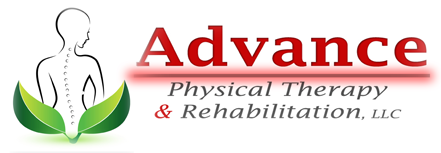
Meniscus Tears
What is a meniscal tear?
The meniscus is a piece of cartilage that provides a cushion and stability between your femure (thigh bone) and tibia (shin bone). There are two mensci in each knee. It protects the bones from wear and tear. Damage to the meniscus is quite easy, all it takes is a good sudden twist of the knee. At times a piece of shredded cartilage breaks loose and catches in the knee joint, causes it to lock up. More than 40% of people 65 years and older have mensical tears. People with tears can be asymptomatic or experience debilitating pain.
What causes a meniscal tear?
Mensical tears commonly happen when a person changes direction suddenly while walking or running, twisting the knee. A popping sensation is heard and felt upon onset of injury. Age plays a factor in tears since the meniscus weakens from degeneration. Sports injury is common with football, volleyball and soccer players from continuous running, jumping and cutting.
What are symptoms of a meniscal tear?
Symptoms of a meniscal tear include, swelling, pain, difficulty bending and straightening the knee. At times the knee can get stuck or lock up. Functional deficits include inability to squat, kneel, jump and run. People might have difficulty with getting out of a chair, walking and climbing steps.
How is a meniscal tear diagnosed?
To diagnose a meniscal tear, the doctor will perform a thorough exam of the knee joint. An x-ray maybe taken to rule out fractures. Often people need an MRI to evaluate the integrity of the mensicus and other supporting structures.
How is a meniscal tear treated?
If the tear is small, the mensicus will heal on itself. Larger teras will not heal on their own and may require arthroscopic knee surgery. Initially the doctor may prescribe anti-inflammatory medication like Aleve, Motrin or Advil, along with rest, elevation and ice. Physical therapy may also be effective in speeding up the healing process pre and post operative. At Advance Physical Therapy & Rehabilitation our experienced therapists use treatments which include ultrasound, electric stimulation, cryo therapy, manual therapy, massage, stretching, strengthening exercises, home exercise programs, gait and balance training to restore our patients back to pain free living.


